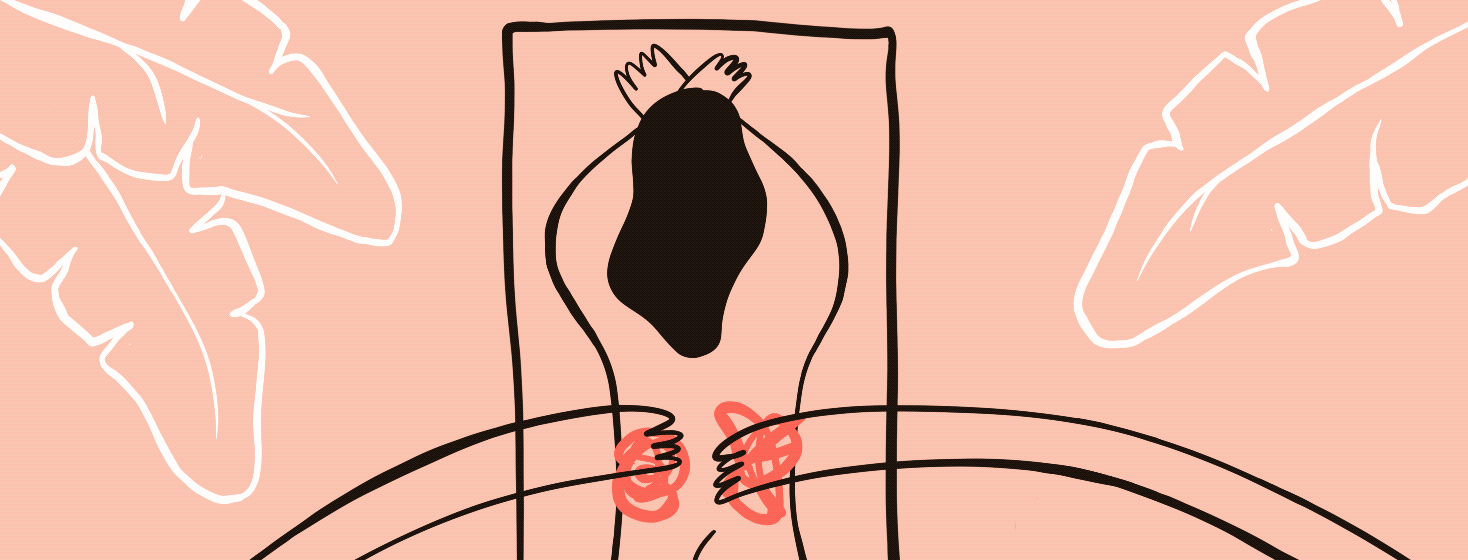How I Deal With Adhesion-Related Pain
Endometriosis patients live with a wide range of life-disrupting symptoms, most of them painful. And a lot of our pain originates from endometriosis adhesions. Adhesions are basically bands of scar tissue.1 They are fibrous and vary in type and location. They may stick our ovaries to our pelvic wall, or surround the bladder. Some even appear in our lungs (thoracic endometriosis). In essence, they can virtually appear anywhere in our bodies. Since they are sticky and resistant in nature, they can limit our movements and are generally, extremely painful.
What adhesion pain may feel like
Endometriosis patients have described adhesion pain in a myriad of ways. Some report a sharp tugging, a feeling of tightness, or a burning sensation. Mine is definitively the sharp, stabbing type. It tends to flare-up if I overexert myself, but also, if I am digesting certain foods and gas ends up trapped around the area where my adhesions are believed to be located.
Adhesions are also behind the extremely painful periods many of us suffer. They can stick to nerves or any sensitive parts of our body and will hurt as soon as any inflammation occurs. If they surround an ovary, whenever ovulation happens, it can be painful too.
Unfortunately, adhesions are not easily spotted during imaging tests, since they can occur at very deep levels, or hide behind organs. The only way to truly know the extent of one's adhesions, is through laparoscopic surgery.
Causes
Recent studies link the formation of adhesions to a malfunction of the so-called macrophage cells.2 These are white cells, part of our immune system, and they are responsible for "eating up" anything foreign. It is believed that in the case of endometriosis, these white cells see ectopic endometrial tissue as a wound, and they react by creating scar tissue around them.
Another thing that produces adhesions is what treats it: surgery. Adhesions can be removed either through ablation or excision surgery. This makes them the catch 22 of any treatment, since adhesions are scar tissue, meaning they will form after any surgical procedure as a form of healing.
Treatment
Aside from surgery, there are some alternative treatments that can help with adhesion pain. I have tried massage therapy and it helped reduce my discomfort for a while. Osteopathic manipulative treatment is also a very popular form of treatment, which I found calming and soothing. My period pain levels remained unaffected, but the localized stabbing flare-ups decreased. I just don’t know whether it was because of the treatment or something else.
Possible Possible pain-relieving options
Whenever my adhesions flare-up, the only thing that brings me some relief is immediate rest. The sharp pain affects the lower side of my abdomen, and it makes me bend over in pain. If I am out and about, I must stop walking until the pain subsides.
If the painful episode happens at home, I reach for the following:
- TENS machine: This little gadget provides localized electrical stimulation, which is very effective even with high levels of pain.
- Pain killers can be also quite efficient, but it takes a while until they make a difference.
- Heat pads: I use these very sparingly. While hot water bottles and heat pads used to bring me comfort, they are potentially problematic. There is a belief that heat can soften the appearance of interconnective tissue surrounding muscles and other internal organs. It is thought that once the heat is not applied anymore, this tissue, or fascia, will re-harden, becoming more rigid and sore. Because endometriosis adhesions can behave similarly to the fascia, this could make heat pads the wrong type of treatment.
I am aware there may come a time where I have surgery to remove the adhesions since, while all the treatments I've tried have been beneficial, the pain hasn't gone away. But since further surgery may produce more painful tissue, I am hitting the pause button for as long as I can.

Join the conversation